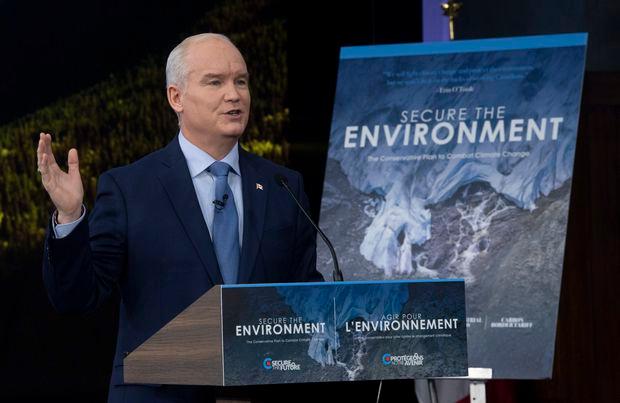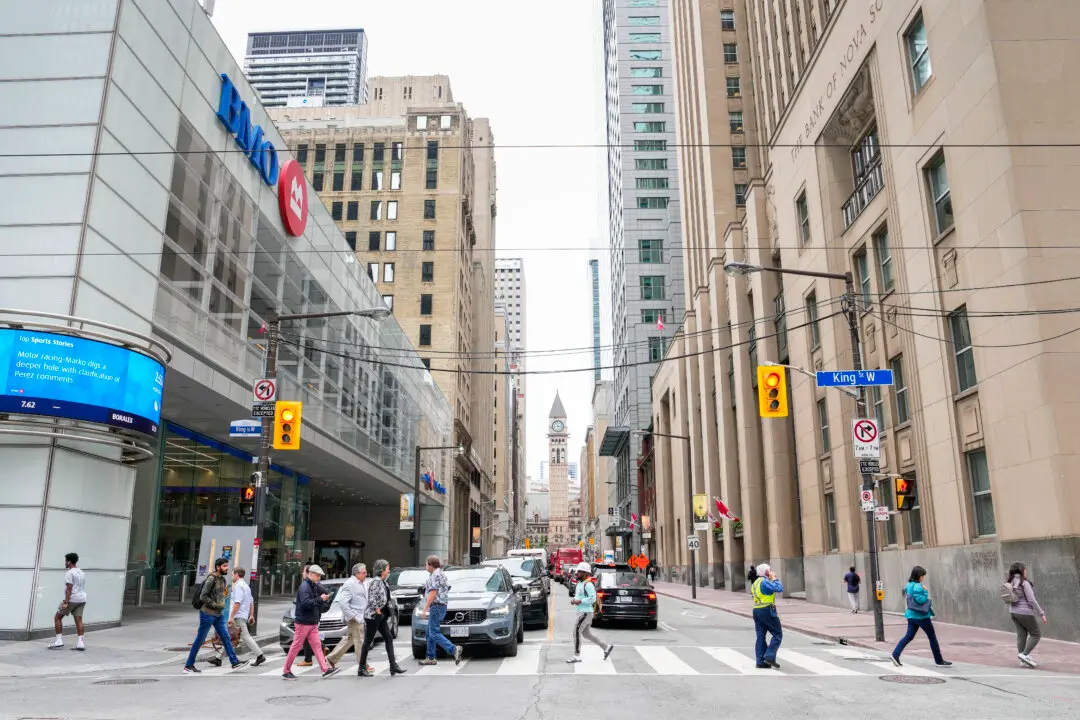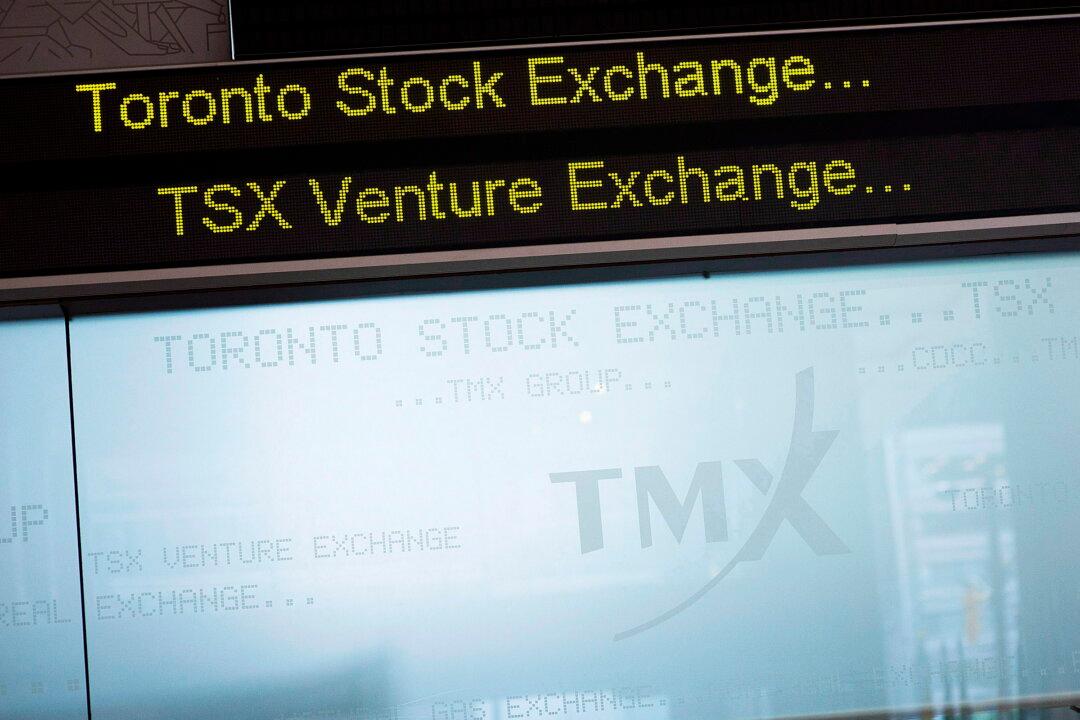OTTAWA—Conservative Leader Erin O'Toole is pitching a loyalty-card style of carbon pricing where consumers would see what they pay on fuel stored into an account that can be used for green purchases later.
The so-called “personal low carbon savings account” is a signature policy of the party’s plan to tackle climate change, which was unveiled Thursday.





